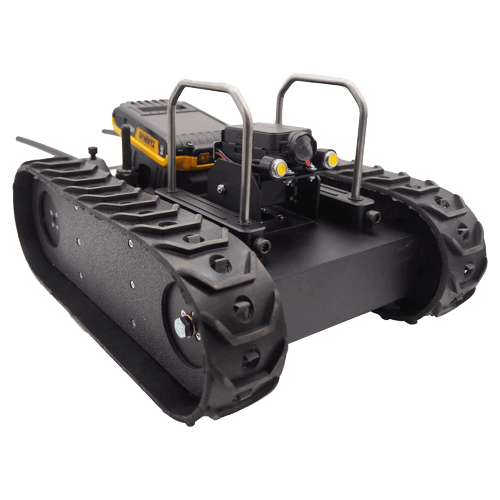As we march towards a future where robots become an integral part of our lives, the security of these systems becomes paramount. Robot cybersecurity, a field that combines robotics and cybersecurity, is dedicated to protecting our robotic systems from threats and ensuring their safe operation.
The Importance of Robot Cybersecurity
The Rise of Robots
Robots are becoming ubiquitous, finding their way into industries, homes, and even our bodies in the form of medical devices. These machines gain more autonomy and connectivity and become potential targets for cyber threats.
The Cyber Threat Landscape
Cyber threats to robots can range from data theft and privacy invasion to physical harm. A compromised robot could leak sensitive data, behave unpredictably, or cause physical damage.
The Cyber Threat Landscape refers to the variety of potential threats that exist in the digital realm. As our reliance on technology grows, so does the number and complexity of these threats. They can range from individual hackers seeking to exploit vulnerabilities for personal gain, to organized criminal networks conducting large-scale data breaches, to state-sponsored actors engaging in cyber espionage or cyber warfare.

There are several types of cyber threats that are commonly encountered:
Malware: This is a broad category that includes viruses, worms, trojans, ransomware, and other malicious software designed to damage, disrupt, or gain unauthorized access to computer systems.
Phishing: This involves attempts to deceive individuals into revealing sensitive information, such as passwords or credit card numbers, by masquerading as a trustworthy entity in an electronic communication.
Denial-of-Service (DoS) and Distributed Denial-of-Service (DDoS) Attacks: These attacks aim to make a machine, network, or service unavailable to its intended users by overwhelming it with a flood of internet traffic.
Man-in-the-Middle (MitM) Attacks: In these attacks, the attacker secretly intercepts and possibly alters the communication between two parties who believe they are directly communicating with each other.
Advanced Persistent Threats (APTs): These are stealthy and continuous computer hacking processes, often orchestrated by a person or persons targeting a specific entity.
Cryptojacking: This involves unauthorized use of someone else's computer to mine cryptocurrency.
Zero-Day Exploits: These are attacks that take advantage of a security vulnerability on the same day that the vulnerability becomes generally known. There are zero days between the time the vulnerability is discovered and the first attack.

The cyber threat landscape is constantly evolving, with new threats emerging as technology advances. This makes cybersecurity a critical concern for individuals, businesses, and governments alike.
Protecting Our Robotic Systems
Building Security from the Ground Up
Securing our robotic systems requires a holistic approach, starting from the design phase. Incorporating security measures at the design stage can help prevent vulnerabilities that could be exploited later.
Regular Updates and Patches
Keeping robotic systems updated with the latest security patches is crucial. Regular updates can help protect these systems from known vulnerabilities and threats.
User Awareness and Training
Users play a critical role in maintaining the security of robotic systems. Training users to recognize and respond to potential threats can significantly enhance the security of these systems.
The Future of Robot Cybersecurity

Despite the challenges, the future of robot cybersecurity looks promising. With ongoing advancements in technology and a growing awareness of the importance of cybersecurity, we can expect to see more robust and secure robotic systems.
As we step into our robotic future, we must remember that the security of these systems is as important as their functionality. After all, a secure robot is a reliable robot.
FAQs
What is robot cybersecurity?
Robot cybersecurity refers to the measures taken to protect robotic systems from cyber threats. This includes securing the software and hardware of these systems, as well as training users to recognize and respond to potential threats.
Why is robot cybersecurity important?
As robots become more prevalent and interconnected, they also become potential targets for cyber threats. These threats can lead to data theft, privacy invasion, or even physical harm. Therefore, securing these systems is crucial.
How can we protect our robotic systems?
Protecting robotic systems requires a holistic approach, starting from the design phase. This includes incorporating security measures at the design stage, keeping the systems updated with the latest security patches, and training users to recognize and respond to potential threats.
What does the future hold for robot cybersecurity?
The future of robot cybersecurity looks promising. With ongoing advancements in technology and a growing awareness of the importance of cybersecurity, we can expect to see more robust and secure robotic systems.
Remember, behind every great robot, there's an even greater human! Not like this guy!






